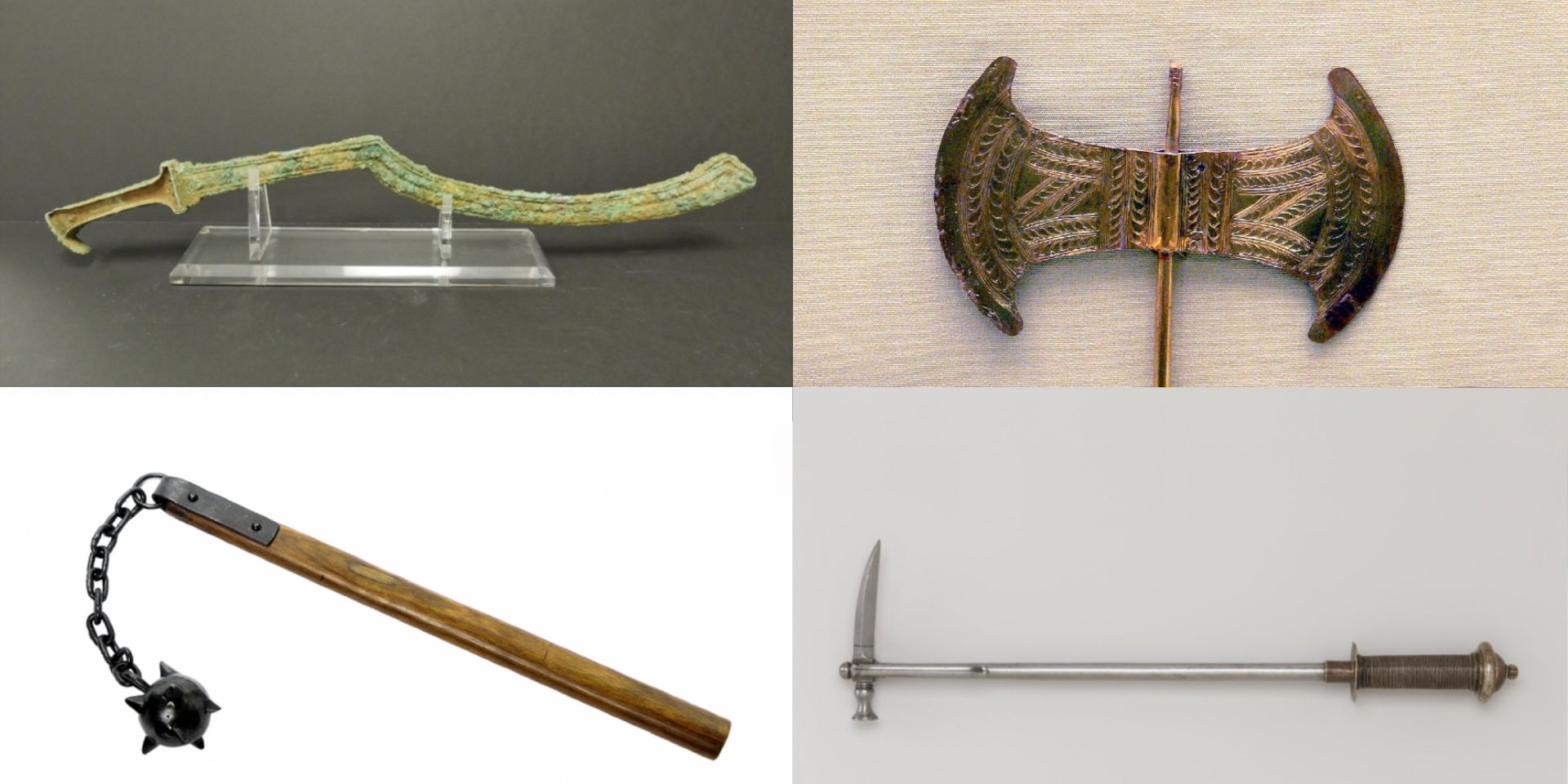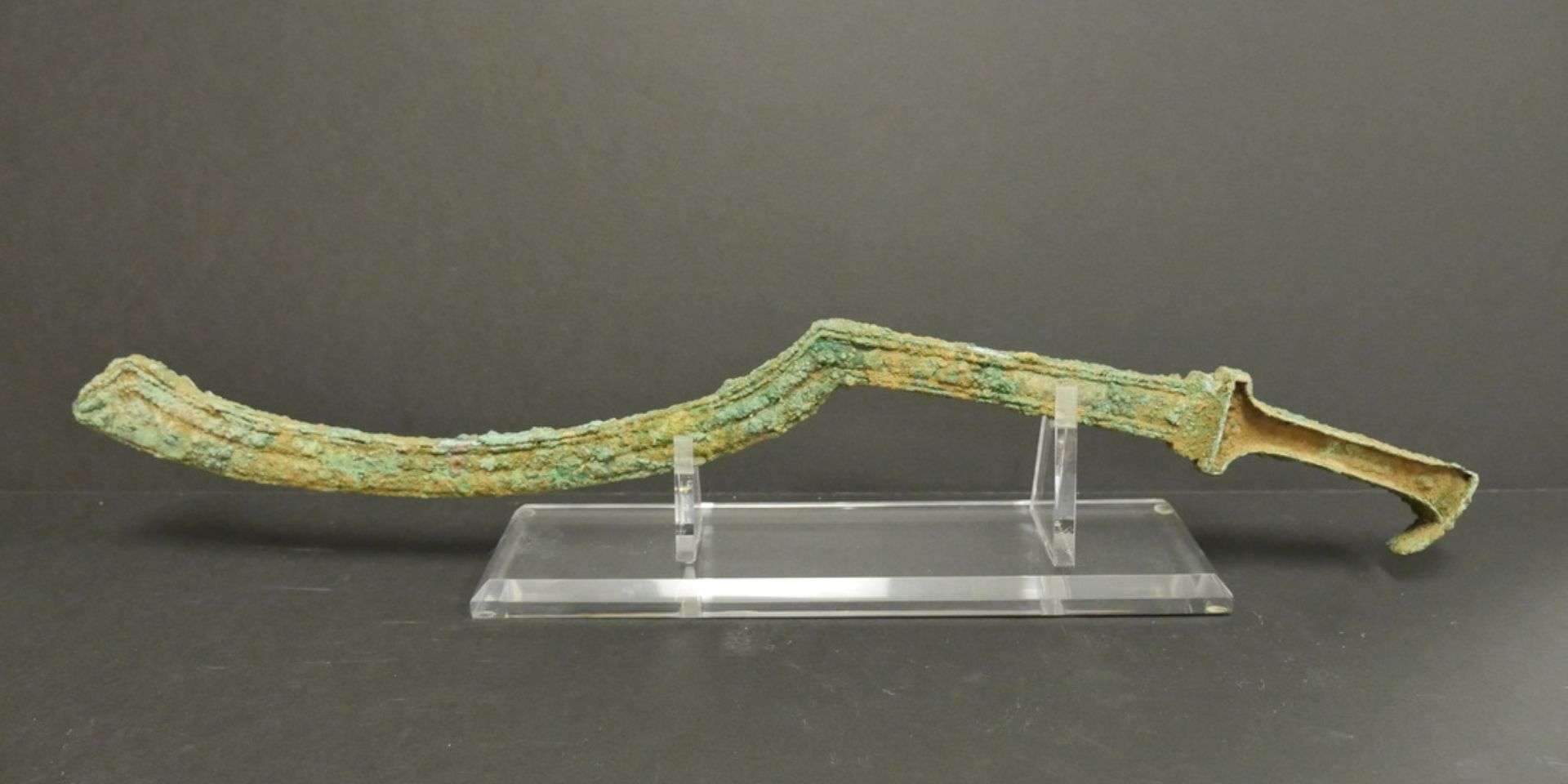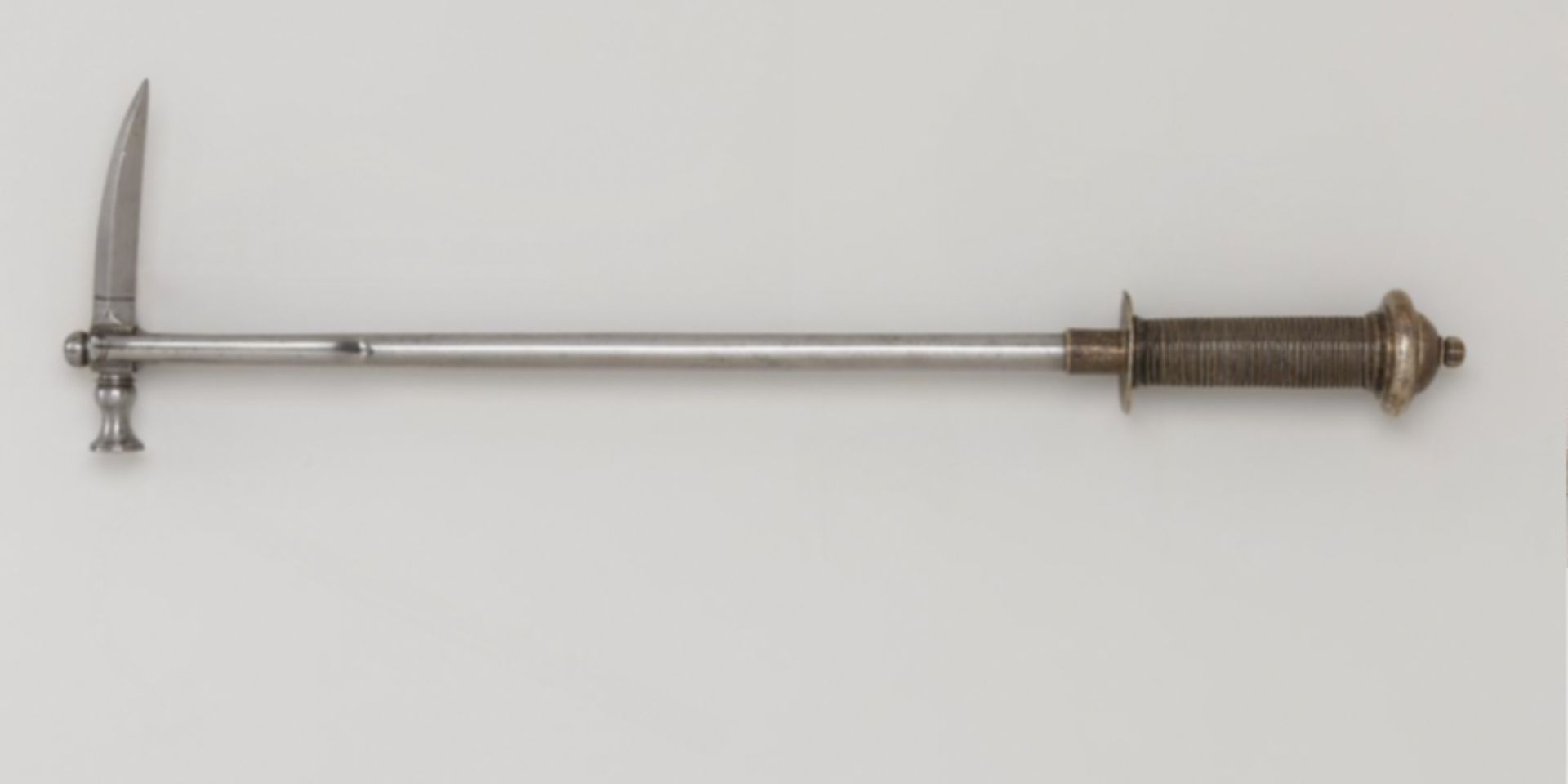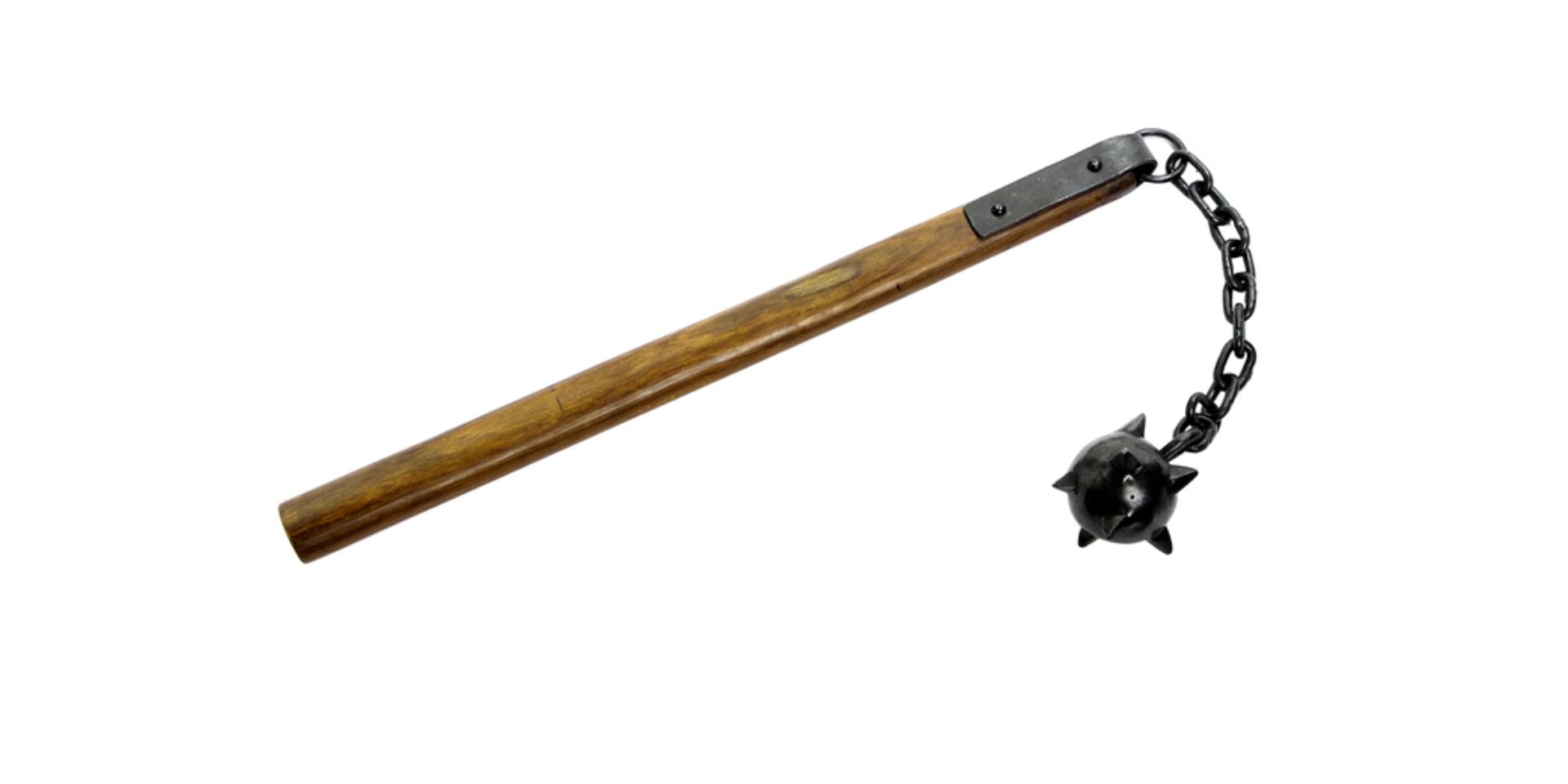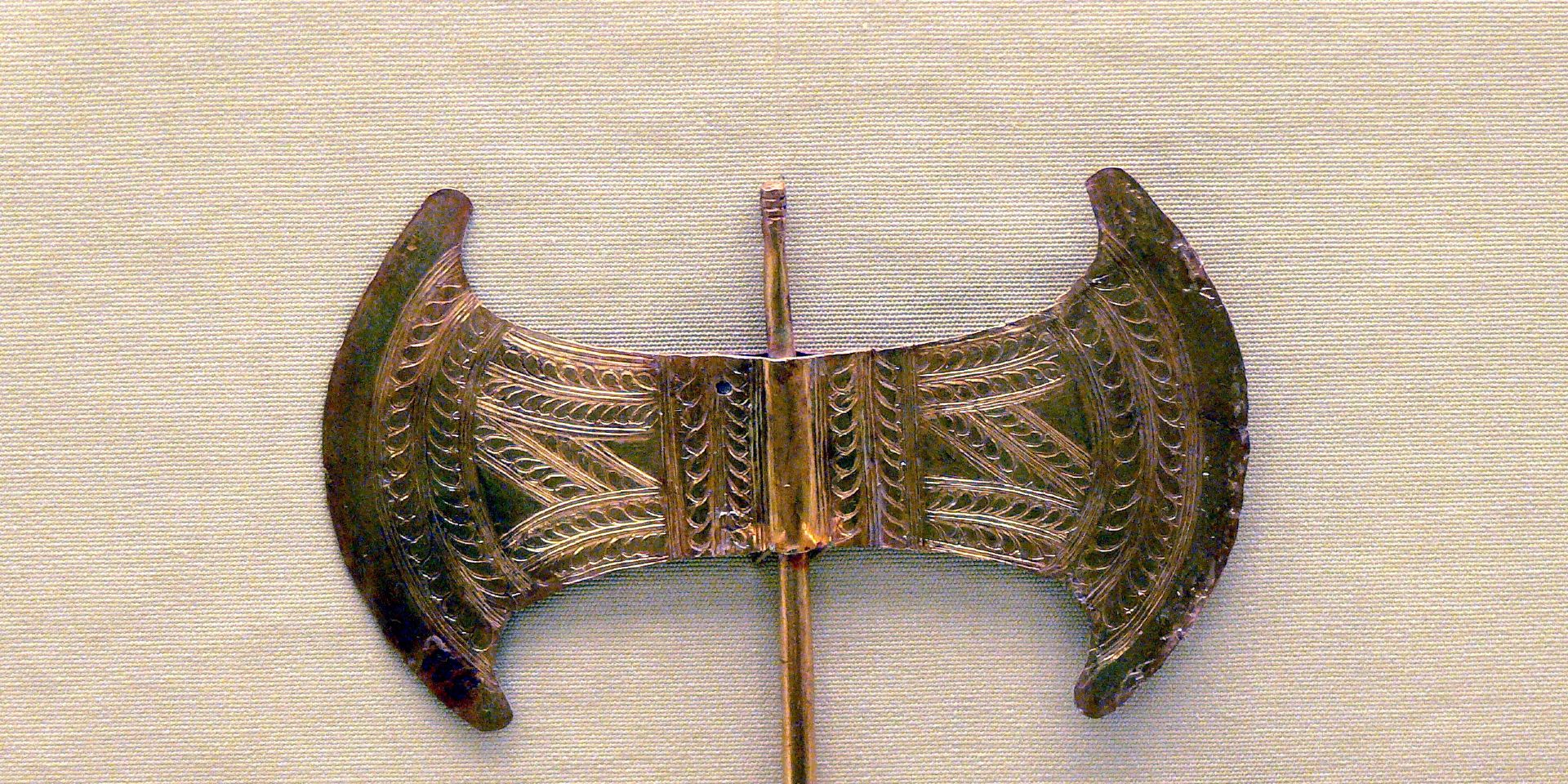Fans of tabletop fantasy roleplaying games like Dungeon & Dragons, or computer RPGs like Final Fantasy VII, will often joke in good nature about how the swords of their RPG protagonists are way too huge. Over-sized greatswords, however, just scratch the tip of the iceberg when it comes to poorly portrayed melee weapons in RPGs. Historical armaments like war hammers and battle axes are frequently given over-the-top designs by RPG designers and video game developers who aim for style over practicality (and may lack history degrees).
Popular media is full of exotic-looking medieval weapons that are over-sized, poorly balanced, covered in an excess of spikes, and would probably be impractical to use in real life. The Dark Souls franchise is infamous for having such spectacularly exaggerated weapons right beside real medieval armaments. It's easy to assume this trend started in the modern industrial era, long after swords, shields, and plate armor were abandoned as weapons of war.
But unrealistic, stylized weapons have been around for centuries - if not millennia - in the form of fantastical weapons seen in paintings and sculpture, and over-sized weapons manufactured as status symbols for aristocrats. These stylized-yet-historical weapons make it even more tricky for modern artists and historians to figure out what real warriors used up to the early era of flintlock firearms. Tricky, but not impossible.
The Khopesh
The Khopesh, a sickle-shaped hybrid of axe and sword used by the armies of ancient Egypt during the Bronze Age, is a perennial favorite of fantasy artists and RPG designers, frequently placed in the hands of warriors from "exotic" cultures such as the Dothraki in the Game Of Thrones TV series (as deconstructed in this ACOUP history blog post). A lot of fantasy protagonists, however, are shown holding the Khopesh backwards, with the inner curve of the blade facing towards the opponent, and the weapon may be sharp on the inside of the curve rather than the outside. Second, many "fantasy Khopeshes" are way too large; most actual historical Khopesh weapons recovered by archaeologists are under 2 feet in size.
Warhammers
A lot of fantasy war hammers (including the titular logo of the Warhammer tabletop universe) are large and ornate, shaped like sledgehammers or blacksmith tools with large, square heads. Generally, war hammers like these would have been mostly been impractical on the battlefield for the same reason giant swords like the Dragonslayer sword from Berserk would be impractical: they'd be too heavy and unbalanced to wield effectively. Historical war hammers came into vogue during a time where plate armor was nigh invulnerable to slashing weapons. Accordingly, most medieval war hammers had a piercing hook along with small striking heads designed to damage foes through concussive force.
Military Flails
In fantasy media, military flails are frequently portrayed as a variant on the spiked mace known as the Morningstar, the striking head attached to the handle through a short chain. There are a few examples of flails found in the artwork of medieval manuscripts and collections of medieval weapons, but actual "ball-and-chain" flails dating back to this period of history are rather rare (according to this article on The Public Medievalist), suggesting that this type of weapon was either rarely used or more of a status symbol.
The two-handed flail, a pole with a dangling cudgel used to thresh grain, shows up a lot more frequently in medieval manuals of European martial arts, and is frequently cited in sources as a tool of peasant rebellion.
Battle Axe
There are a lot of two-handed battle axes in fantasy fiction portrayed as having heads with two broad blades on each end: this sort of battle axe is wielded by the dwarf Gimli from The Lord Of The Rings film trilogy and is often the signature weapon of barbarian characters from RPGs like Dungeons & Dragons. In real life, however, most double-bladed axes were and are used for chopping, with the extra blade acting as a back-up when the other grows dull. Most two-handed battle axes from the premodern era had a single, relatively slender head in order to keep their weight down. One exception to this is the double-bladed "Labrys" axes from Minoan burial sites on the island of Crete, ornate bronze objects likely made for religious or ceremonial purposes.
Source: A Collection Of Unmitigated Pedantry, The Public Medievalist

